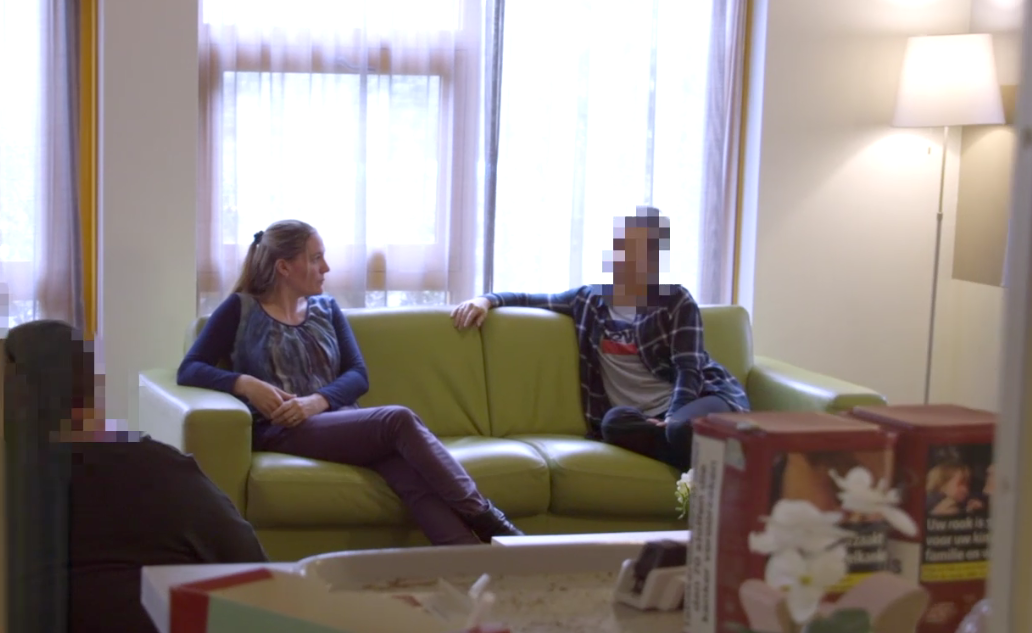New way to keep at-risk youth on the straight and narrow
Annemiek Harder has developed a new treatment method to ensure behavioural change among at-risk youth. The method is based on motivational interviewing and is intended to increase the willingness of the youth to change their behaviour. This in turn increases the chances that after the treatment they will actually choose not to exhibit their problem behaviour any more.
Harder is an Associate Professor at the Department of Orthopedagogy. Her expertise concerns the following topics (a.o): youth with behavioral problems, antisocial or delinquent behaviour; families with one or more children in out-of-home care; residential youth care, specifically secure residential care.
More information
Annemiek Harder

University of Groningen videos
The weekly online video magazine Unifocus highlights topics related to the University of Groningen in the fields of research and society, student life, teaching, policy and internationalization.
You can find more videos in our video portal.
More news
-
08 December 2025
Citizen participation essential for a sustainable energy future
-
23 October 2025
Nine UG researchers awarded Vidi grant
